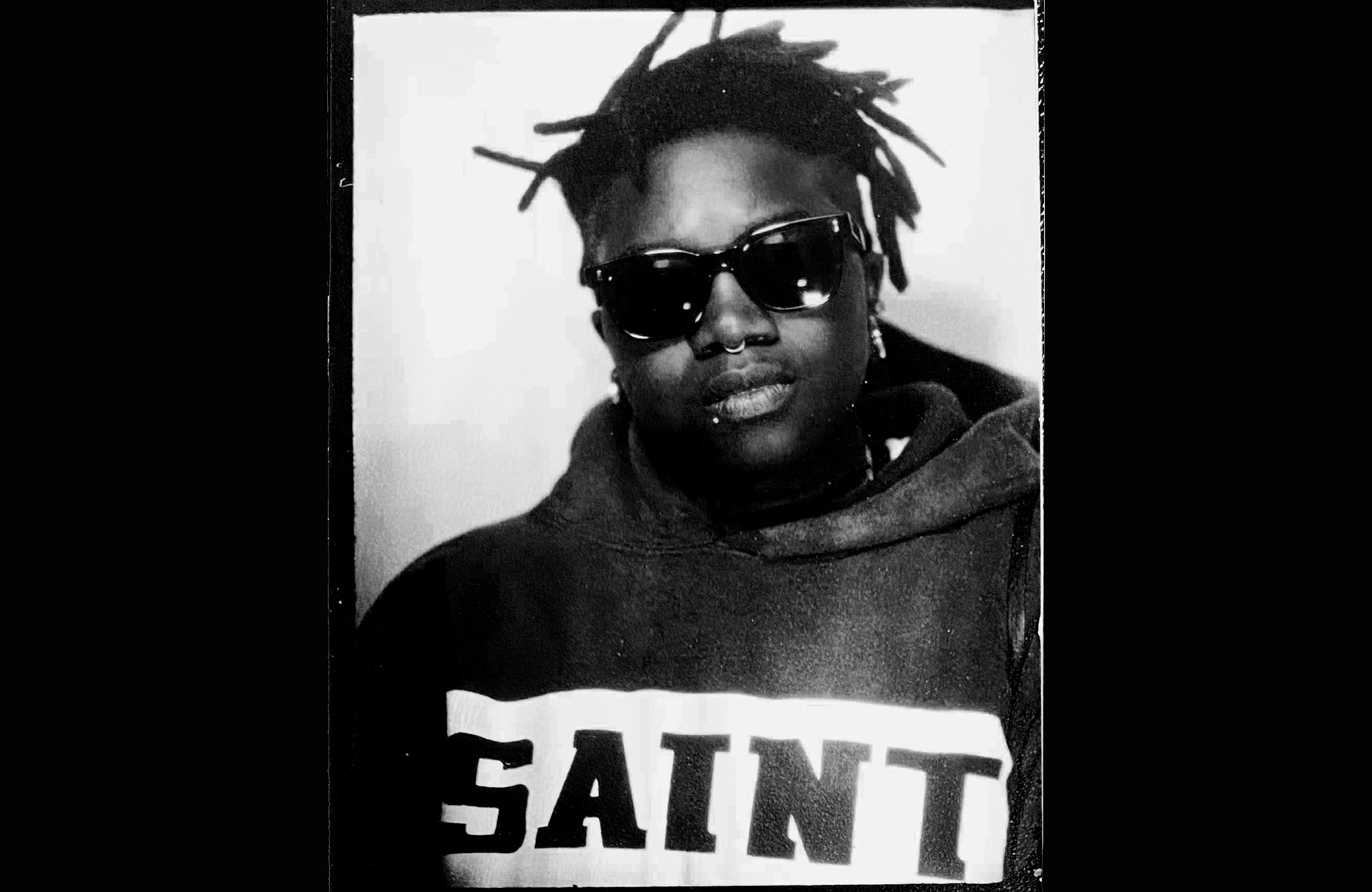
My practice has often explored the themes of re-memory and narrative biomythography within a Black Queer genealogy to repair or bring light to obscure histories of Black queer figures through the use of queer poetics. In thinking about how to situate this within the context of place or location in relation to North Philadelphia, where I have lived and worked for 17 years, I wanted to pull up a figure that has been of interest to me for many years, musician and performer Gladys Bentley as she was born and raised in North Philadelphia.
Glady Bentley [1907 – 1960] was a Philadelphia-born and raised blues singer, pianist, and composer active during the Harlem Renaissance. Bentley performed in Harlem, Philadelphia, and Los Angeles at the end of her life. She was a self-identified Black lesbian masculine woman who frequently performed risqué songs highlighting her desire for women at nightclub locations such as the Clam House, Ubangi Club, and Cotton Club. Bentley was a victim of the “The Lavender Scare,” which occurred during McCarthy Era politics and targeted members of the LGBTQ community as a result of the more extensive campaign against Communism known as “The Red Scare” [1947 – 1957] that swept the country while targeting a range of citizens. This created a moral panic enforced by the US government, which resulted in the harassment of many well-known LGBTQ folks, losing their jobs under the guise of being a threat to the country. As a result of this targeting by the government, Gladys took to wearing more feminine clothing and went on a press run declaring that she was a “woman” again and had been cured of her “affliction for desiring women” to avoid government persecution.
In prior works, I’ve invested in visual mapping to try to close the gaps in historical narratives wrought with neglect. In this case, with Gladys Bentley, I’m interested in the ephemerality of the material culture she produced in her lifetime. A limited number of images have been made of her, and minimal references to her have been made in writing. Even her childhood home no longer exists as the street where it stood was razed to make way for what we now know as the Temple University main campus.
I engage with film, painting, and sound in this suite of works. With painting, I’m leaning toward a method that challenges the ability to view an image clearly by employing certain kinds of shine techniques and leather. With film, I’m utilizing 16mm film to create a visual moving language in alignment with sense-based relation to an image that is actively trying to erase itself. With sound, I’m creating a musical composition with a composer that can evade and erase itself to the point of artifact. To produce this body of work, I am looking to a film theorist whom I have long admired, Maya Deren, who has centered the notion of a “vertical cinema,” a type of film production that favors poetics over the presentation of linear narratives.
In engaging with Bentley’s figure in this manner, I am actively participating in a discourse about the difficulty and the elusive elements of what is left of her legacy.
